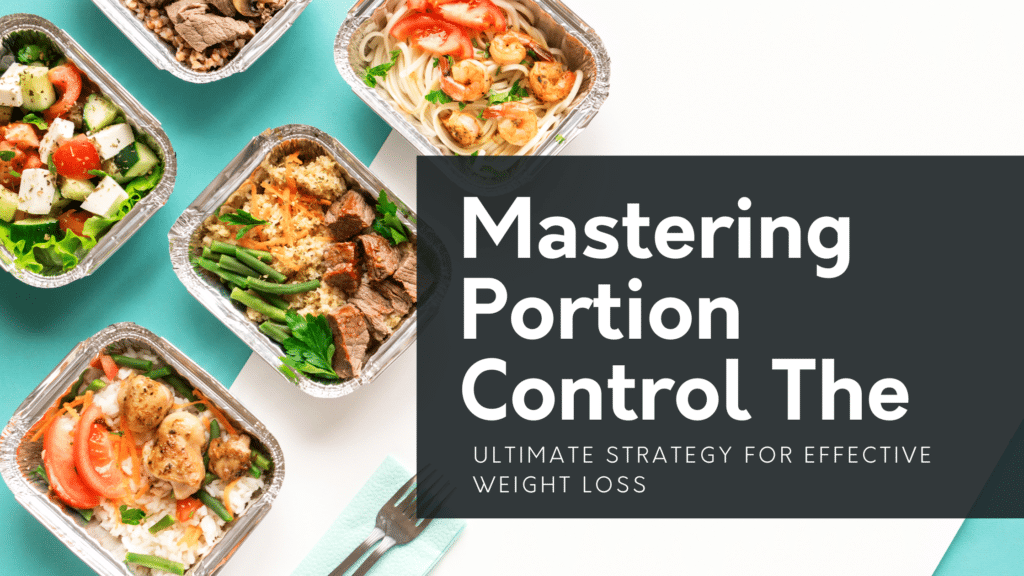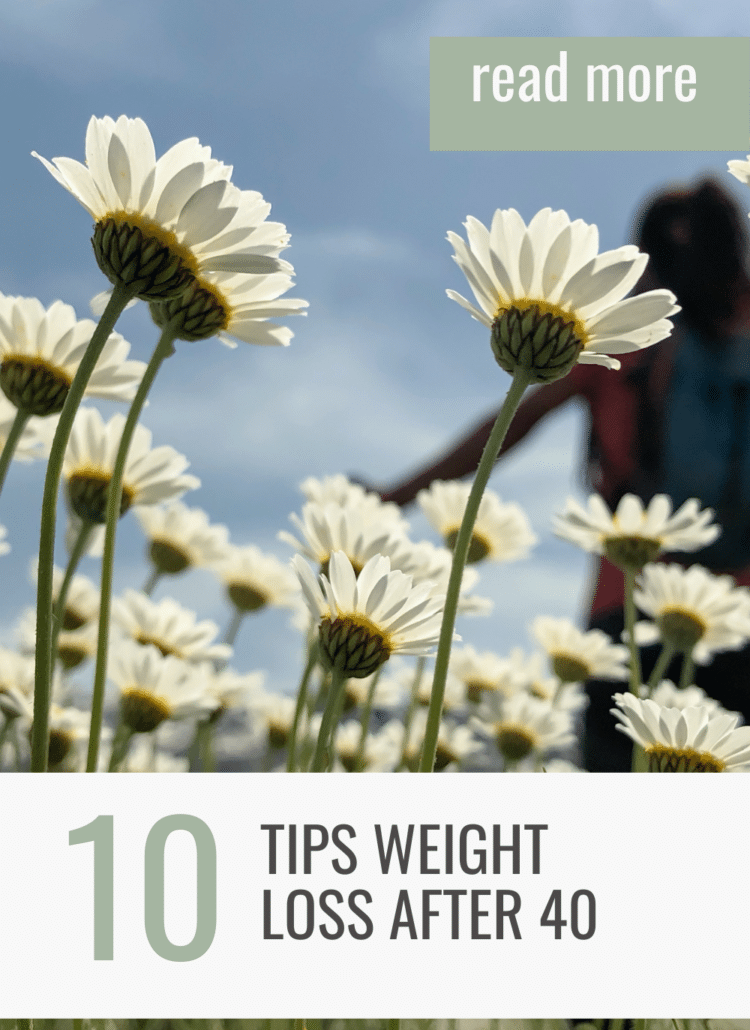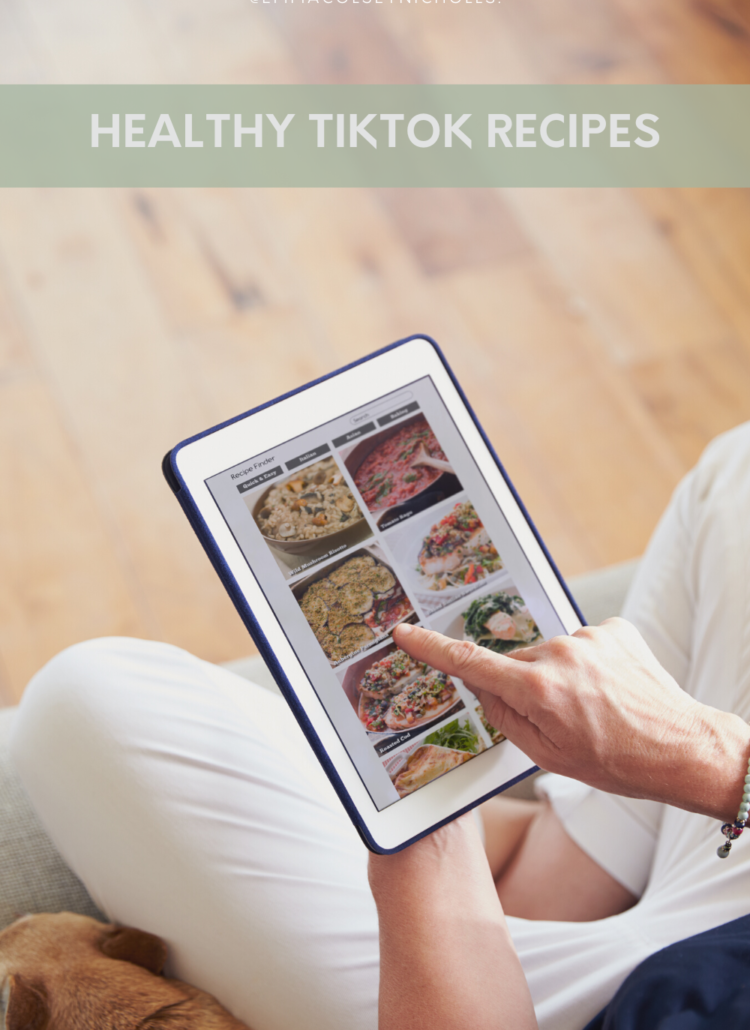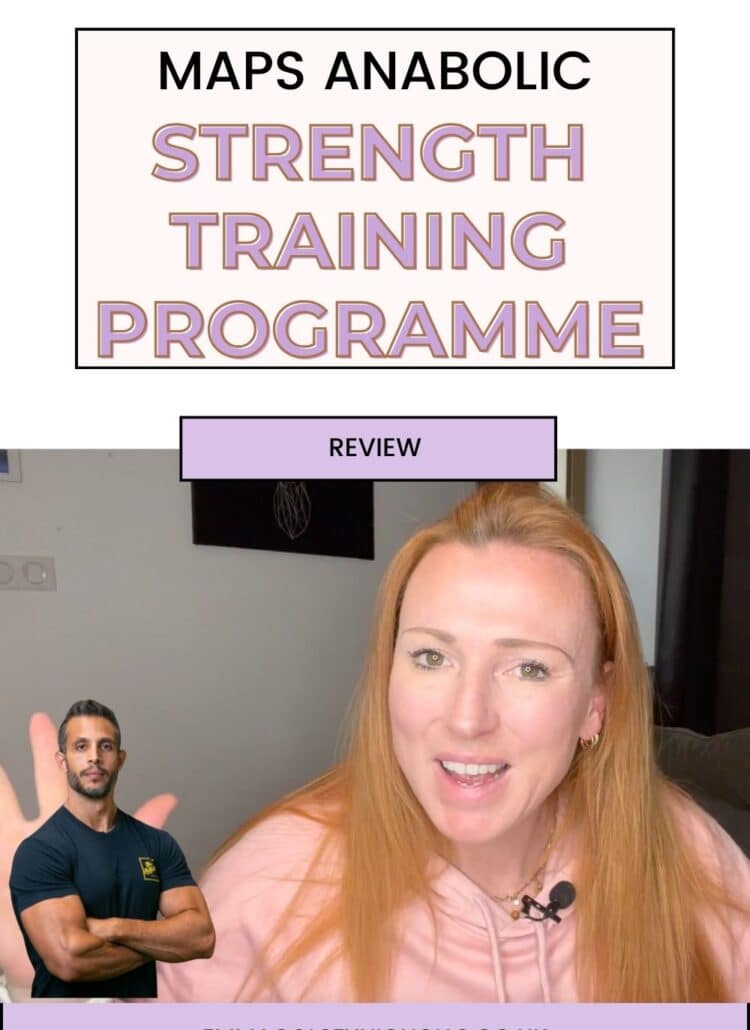
When I begin working with clients that are on their health journey or a mission to lose weight, they will often just plead with me to just tell them what to eat to help them hit their weight loss goal.
In search of the killer meal plan that will be the answer to all of their weight loss problems.
I get it, you are busy, you don’t have time, you want it done for you and you want the results like, yesterday!
The Problem With Meal Plans
Meal plans can be extremely helpful to give healthy eating ideas and inspiration. Especially for someone who is coming from having spent their entire adult life whacking a ready meal into the oven.
That was actually my experience too in my early 20s. I had no idea how to cook a meal from scratch.
I’m still a far cry from being any kind of master chef, but as I became more conscious of health and learnt about the power of good nutrition, it was important to know how to build a health-giving plate.
I don’t particularly enjoy cooking, I’m a lazy cook so meals have to be quick, use a few key ingredients but still taste good. This is the winning formula which we will get into.
Here is the main problem with simply getting a meal plan handed to you by someone saying ‘eat these things and you will lose weight’. It does not teach you anything about what you need to build a healthy or weight-loss plate that doesn’t just taste like carboard.
How much protein you should be having, how many carbs and how to get in enough vegetables that will support good gut health?
A meal plan doesn’t tell you how to eat out and have time out without blowing all of your work.
So whilst I do provide sample meal plans to my clients, it’s for inspiration purposes only, to spark ideas to give my clients healthy eating inspiration. Because let’s face it, it’s one of the worst parts of adulting is having to decide what to eat for dinner every night, never mind one of the hardest parts of dieting. A little guidance at the start can go a very long way.
What I really want is to empower people to know how to cook simple yet tasty meals for themselves and know how to build a filling meal that will also support their weight-loss goals.
How To Build The Perfect Plate In 4 Steps
Knowing what to eat is only half the battle when it comes to healthy nutrition…you also have to know how much to eat.
Over the years, food and drink portions have increased in size, I think this is even worse in the US than it is here in Europe, but we are heading the same way.
The more food we’re served on the plate, the more food we consume. If it’s put in front of you, you are probably going to eat it. This method is to help you create awareness, and by having a guide to manage portion sizes, we can eat foods in a healthy, balanced way; building a better relationship around what you put into your body without having to always be counting calories.
A simple, effective and proven method is the Hand Portion Method developed by Precision Nutrition. The idea is that you’re not measuring or weighing your food, because let’s face it, who has time for that?
But rather using your own hand to gauge the size of the portion. Your hands are proportional to your body, and they go where you go. This makes them the perfect tool to quickly, and easily gauge your portion size, even when you’re eating out.

This method is ideal for anyone who struggles with the idea of using food tracking apps and meal logs. It’s the perfect way to build any meal, with a habit-centric approach.
To get started, try each step below.
Step 1: Start With Protein
Protein should form the base of your meal.
Protein is the most important nutrient for supporting the maintenance of lean body mass, muscle building, transportation of nutrients, maintaining bone density and helping you to feel fuller for longer. Especially important if you are on a weight loss journey.
In the western diet, it is very common for carbohydrates to make up the foundation of a meal. Unfortunately, these carbohydrates are often highly refined and have a high glycemic index, which will leave us hungrier two hours later. While carbohydrates are not bad, they are far easier to overeat.
How do I apply this step? Raise your hand in front of your face. This will be your new portion measure.
For protein, one serving can be measured as one to two palm-sizes of meat, fish, dairy or plant based source of protein.
Here are some examples:
- Chicken breast
- Turkey mince
- Lean beef
- Beef jerky
- Salmon
- Low-fat dairy yoghurt
- Protein bar
- Scoop of whey protein
Step 2: Fill Half The Plate With Fruit Or Veg
Why? We have all heard that fruit and vegetables should be the foundation of a healthy diet. But do we really know why?
In short, they provide essential micronutrients (e.g. vitamins and minerals), antioxidants and fibre needed for:
- Energy production
- Immune function
- Control of inflammation
- Healthy digestive system
- Overall health
What are some examples of fruit and veg portions?
- 1–2 handfuls of spinach in stir fry
- Mixed garden vegetables
- Chopped peppers/carrots and hummus
- Mixed fruit salad
- Roasted sweet potato fries
Step 3: Fill The Remainder Of The Plate With Carbs
Why does this step come last? Carbohydrates are NOT BAD when portion control is implemented. However, it often comes as a surprise to see one true serving size of rice, pasta or bread.
It is a lot smaller than one would think. That is why we recommend filling the plate up and adding the carb last! What are some good sources of carbohydrates?
As a great rule of thumb, you should always try to prioritize wholegrain or “brown” carbohydrate sources such as:
- Brown rice & pasta
- Quinoa
- Bulgur wheat
- Oats
- Wholegrain cereal
- Wholemeal bread
- Legumes
- Lentils
- Potatoes & sweet potato
Step 4: Add A Source Of Healthy Fats
Why should we include fat, I thought it was bad? When we say healthy fats, we simply mean unsaturated fats, versus saturated. Dietary fat is not only perfectly OK to consume, but is essential.
We need fatty acids for several crucial functions including the absorption of vitamins, production of hormones and cell protection.
How do I apply this step? Raise your hand in front of your face again. Stick out your thumb. Depending on your size, try and incorporate 1–2 thumb sizes of fat into your meal.
Here are some examples;
- Cold-pressed, virgin olive oil (for cooking)
- Rapeseed oil (for cooking)
- Coconut oil (saturated fat, but still good)
- Small handful of nuts (1–2 thumbs)
- Seeds (flax, chia, etc.)
- Avocado oil (for cooking)
- Avocado
Bringing It Together
This method is meant to act as a guide, but of course that can be a lot of room for variation depending on your activity levels on whether you have 1–2 portion sizes.
It may take a little trial and error in the beginning and the mindful awareness to check in with your hunger, energy and cravings.
But use your hands to keep your portion sizes in check and use this formula to form the base of your meals and see how you get on.
If you want more guidance and support on your health and weight loss journey you can check out The Better Body club and get me as your guide for just £10 to walk you through this tool one step at a time. And also get access to the meal plan and guides so you can see exactly how to build tool into your life.




Leave a Reply